What British Columbia speed limiter mandate means for you
Do you travel in or through British Columbia, Canada? There is now a speed limiter requirement affecting most heavy trucks, as of Friday April 5,
We are a team of DOT Compliance and Licensing Professionals helping trucking and transportation companies remain safe, compliant, and profitable.
CNS or Compliance Navigation Specialists is DOT Compliance company that assists trucking and transportation companies remain DOT Compliant. We are part of a network of companies, CNS Companies, specializing in services related to the transportation, manufacturing, construction, service, education and medical industries.
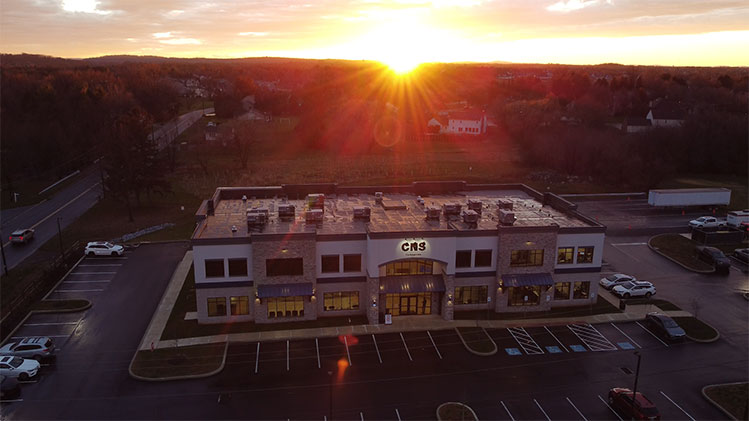
A full-scale DOT Compliance Program managing a long haul carrier’s safety, compliance, licensing and more.
Learn more >>>
A DOT Compliance Program that keeps motor carriers compliant with the 6 Basic DOT Regulations required of all carriers.
Learn more >>>
Our Short-Haul/Construction Program is a full-scale program designed for private carriers that do not haul for-hire.
Learn more >>>
Our most comprehensive DOT Compliance Program, operating as your company’s off-site Safety Director or assisting your current safety personnel.
Learn more >>>
Our Non-CDL Program is a full-scale program managing safety, compliance, licensing and more for moving companies, couriers, landscapers, or any company subject to DOT regulations and does not employ CDL drivers.
Learn more >>>
Our DOT Audit Services cover a number of different types of DOT Audits that new and existing carriers will be subject to.
Our DOT Driver Services help trucking companies and carriers to stay compliant as they grow and hire more drivers.
Our DOT Vehicle Services focus on ensuring your vehicles are compliant with DOT Regulations, which is just as important as your drivers.
Our DOT Services for Special Carriers focus on companies outside of the typical motor carrier, like HAZMAT, Passenger and Bus Carriers.
CNS is part of a group of companies that offer other necessary services for the trucking and transportation industry, such as Commercial Trucking Insurance, CDL Training, Online Training Course, and even Healthcare.
Our DOT Licensing Services will cover you whether you are an existing company or just starting a trucking company. Our DOT Licensing Specialists can help you get up and running and in days with your DOT number, MC Authority, EIN, UCR, IFTA, 2290 HVUT, Fuel Taxes and can even set you up to get your Commercial Driver's License (CDL) with CNS Driver Training Center.
Our DOT Licensing Specialists will help you with every aspect of starting a trucking company. All you need to do is choose a name for your trucking company.
You will need to ensure your DOT Number, MC Authority, Vehicle Registration, etc. is all set up properly when you start your trucking business.
Our Licensing Specialists can help with all aspects of filing and renewing licenses, fuel taxes, etc.
CNS is part of a group of companies that offer other necessary services for the trucking and transportation industry, such as Commercial Trucking Insurance, CDL Training, Online Training Course, and even Healthcare.
Do you travel in or through British Columbia, Canada? There is now a speed limiter requirement affecting most heavy trucks, as of Friday April 5,
CNS or Compliance Navigation Specialists is DOT Compliance company that assists trucking and transportation companies remain DOT Compliant. We are part of a network of companies, CNS Companies, specializing in services related to the transportation, manufacturing, construction, service, education and medical industries.
CNS Companies is a network of companies specializing in services related to the transportation, manufacturing, construction, service, education and medical industries. Our DOT Compliance division is handled by Compliance Navigation Specialists, CNS Insurance handles Commercial Truck Insurance, CDL training is managed by the CNS Driver Training Center and healthcare is managed by CNS Occupational Medicine.
We are a team of DOT Compliance and Licensing Professionals helping trucking and transportation companies remain safe, compliant, and profitable.
CNS or Compliance Navigation Specialists is DOT Compliance company that assists trucking and transportation companies remain DOT Compliant. We are part of a network of companies, CNS Companies, specializing in services related to the transportation, manufacturing, construction, service, education and medical industries.

A full-scale DOT Compliance Program managing a long haul carrier’s safety, compliance, licensing and more.
Learn more >>>
A DOT Compliance Program that keeps motor carriers compliant with the 6 Basic DOT Regulations required of all carriers.
Learn more >>>
Our Short-Haul/Construction Program is a full-scale program designed for private carriers that do not haul for-hire.
Learn more >>>
Our most comprehensive DOT Compliance Program, operating as your company’s off-site Safety Director or assisting your current safety personnel.
Learn more >>>
Our Non-CDL Program is a full-scale program managing safety, compliance, licensing and more for moving companies, couriers, landscapers, or any company subject to DOT regulations and does not employ CDL drivers.
Learn more >>>
Our DOT Audit Services cover a number of different types of DOT Audits that new and existing carriers will be subject to.
Our DOT Driver Services help trucking companies and carriers to stay compliant as they grow and hire more drivers.
Our DOT Vehicle Services focus on ensuring your vehicles are compliant with DOT Regulations, which is just as important as your drivers.
Our DOT Services for Special Carriers focus on companies outside of the typical motor carrier, like HAZMAT, Passenger and Bus Carriers.
CNS is part of a group of companies that offer other necessary services for the trucking and transportation industry, such as Commercial Trucking Insurance, CDL Training, Online Training Course, and even Healthcare.
Our DOT Licensing Services will cover you whether you are an existing company or just starting a trucking company. Our DOT Licensing Specialists can help you get up and running and in days with your DOT number, MC Authority, EIN, UCR, IFTA, 2290 HVUT, Fuel Taxes and can even set you up to get your Commercial Driver's License (CDL) with CNS Driver Training Center.
Our DOT Licensing Specialists will help you with every aspect of starting a trucking company. All you need to do is choose a name for your trucking company.
You will need to ensure your DOT Number, MC Authority, Vehicle Registration, etc. is all set up properly when you start your trucking business.
Our Licensing Specialists can help with all aspects of filing and renewing licenses, fuel taxes, etc.
CNS is part of a group of companies that offer other necessary services for the trucking and transportation industry, such as Commercial Trucking Insurance, CDL Training, Online Training Course, and even Healthcare.
Do you travel in or through British Columbia, Canada? There is now a speed limiter requirement affecting most heavy trucks, as of Friday April 5,
CNS or Compliance Navigation Specialists is DOT Compliance company that assists trucking and transportation companies remain DOT Compliant. We are part of a network of companies, CNS Companies, specializing in services related to the transportation, manufacturing, construction, service, education and medical industries.
CNS Companies is a network of companies specializing in services related to the transportation, manufacturing, construction, service, education and medical industries. Our DOT Compliance division is handled by Compliance Navigation Specialists, CNS Insurance handles Commercial Truck Insurance, CDL training is managed by the CNS Driver Training Center and healthcare is managed by CNS Occupational Medicine.
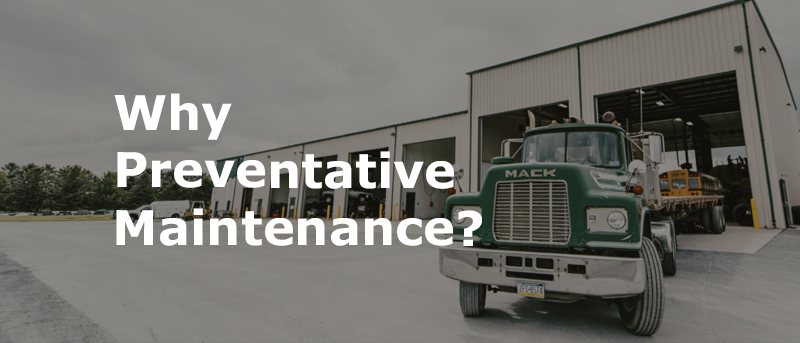
Vehicle maintenance costs can be a huge line item for fleet companies and at times, hard to keep under control. Routine maintenance of your vehicles is a necessity in order to ensure that your biggest assets stay on the road at all times.
With CVSA International Roadcheck Blitz May 17-19 focusing on wheel ends, we wanted to bring back our discussion with Ryan Zimmerman, VP of Rohrer’s Service Center, a division of Rohrer’s Quarry on his thoughts on how he maintains his fleet.
Rohrer’s Quarry has a fleet of 51 power units and does a great job in maintaining their fleet. Ryan, who has been with Rohrer’s since 1997 handling their fleet maintenance, knows the importance of keeping his vehicles in great shape and in good working order.
A thorough pre-trip can catch most issues before the DOT inspector can. Pay close attention to the easy things an officer can pick out.
The most over looked component is the steering gear input shaft. Any play in this component is non-compliant with the DOT. Another common defect if you are operating a vocational truck in rough jobsites, the suspension springs will get weak and break over time.
I feel it is a good practice to check steering and suspension systems at the start of every shift with your pre-trip.
Not only will it give you peace of mind in the event of a DOT inspection, this check also allows you to get to your destination and back home safely and without a roadside service call.
How often your truck requires maintenance depends mostly on how it is being used.
Is your truck in a vocational, city, or over-the-road application? All truck manufactures have specific service guidelines based on fuel consumption and idle/PTO time that will give a description of normal, heavy or severe duty.
It can be calculated by engine hours or mileage; this is generally 500 – 1300 hours or 5,000 – 45,000 miles.
If you are unsure of how often to seek preventative maintenance ask your local independent service provider or dealership, they will partner with you to fit your application and needs. Know your truck and take care of it, it will provide reliable service to you.
A lot of roadside/breakdown issues and DOT issues can be addressed during PMs. This is an area where it can be costly to cut corners. These are some of the key items you or your service provider should be checking:
There are three main tasks you need to do to start a preventative maintenance (PM) program.
Are there common issues still surprizing you? Dont forget to review and optimize your preventative maintenance program regularly to make sure you are on top of your vehicle and equipment maintenance schedule.
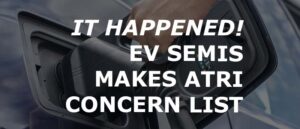
Aggressive mandates to transition fleets to zero-emission vehicles put issue on top 10 concern list for the first time, ranking 10th overall and 7th among
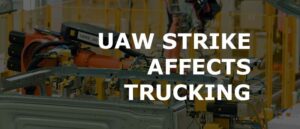
Tentative contract proposal rejected as strike involves 3,900 workers at Volvo Group operations plants USAW in Pennsylvania, Maryland and Florida. The UAW is on strike
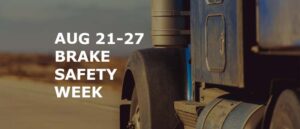
Over the last few years, CVSA Brake Safety Week finds 12-14% of inspected commercial motor vehicles had brake-related violations and were placed out-of-service. Brakes are
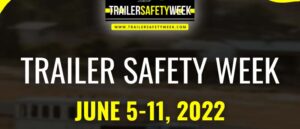
Did you know that more than 1.26 million new trailers were registered in 2021? While many drivers are vastly under-educated on the proper use of
Our DOT Compliance Programs ensure it is your top priority and keeps your business running.
Receive the latest transportation and trucking industry information about FMCSA and DOT Audits, Regulations, etc.

Aggressive mandates to transition fleets to zero-emission vehicles put issue on top 10 concern list for the first time, ranking 10th overall and 7th among

Tentative contract proposal rejected as strike involves 3,900 workers at Volvo Group operations plants USAW in Pennsylvania, Maryland and Florida. The UAW is on strike

Over the last few years, CVSA Brake Safety Week finds 12-14% of inspected commercial motor vehicles had brake-related violations and were placed out-of-service. Brakes are
Join our monthly newsletter and stay up-to-date on trucking industry news and receive important compliance and licensing tips.
Join our monthly newsletter and stay up-to-date on trucking industry news and receive important compliance and licensing tips.